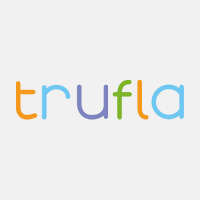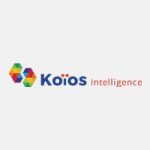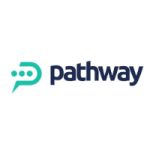Customer Self-Service Capabilities
Scoring Criteria
Ease of Access and Navigation (5 points)
Description: How easy it is for customers to access and navigate the self-service portal (e.g., desktop and mobile).
Considerations: Is the portal intuitive and user-friendly across devices? Can customers easily find what they need (e.g., policy information, documents)?
Policy Management Features (5 points)
Description: The ability for customers to manage their own policies, including viewing, renewing, and making changes to coverage.
Considerations: Can customers easily view their policy details, request changes, or initiate renewals without broker intervention?
Claims Submission and Tracking (5 points)
Description: The capability for customers to submit and track claims directly through the self-service platform.
Considerations: How easy is it for customers to submit claims? Is there real-time tracking and status updates available?
Payment and Billing Management (5points)
Description: The ability for customers to view bills, make payments, and manage payment options through the platform.
Considerations: Can customers easily access their billing information and manage payments online? Are payment options diverse and flexible.
Product Distribution and Purchasing (5 points)
Description: The ability for customers to purchase insurance products directly through the self-service portal without broker intervention.
Considerations: Can customers browse, compare, and buy insurance products independently? Does the system support product upselling?
Native iOS and Android App Availability (5p oints)
Description: Whether the platform has a fully functional native app for iOS and Android devices.
Considerations: Does the system offer a native app with all core self-service features? Is it user-friendly and regularly updated?
Security and Data Privacy (5 points)
Description: The level of security provided to ensure customer data is protected during self-service interactions.
Considerations: Does the platform offer secure login, encryption, and compliance with data protection regulations like GDPR or PIPEDA?
Pricing and Value for Money (5 Points)
Description: The cost-effectiveness of the system in relation to its features, performance, and value provided.
Considerations: Is the pricing competitive, flexible, and justified by the system’s features, performance, and return on investment?








